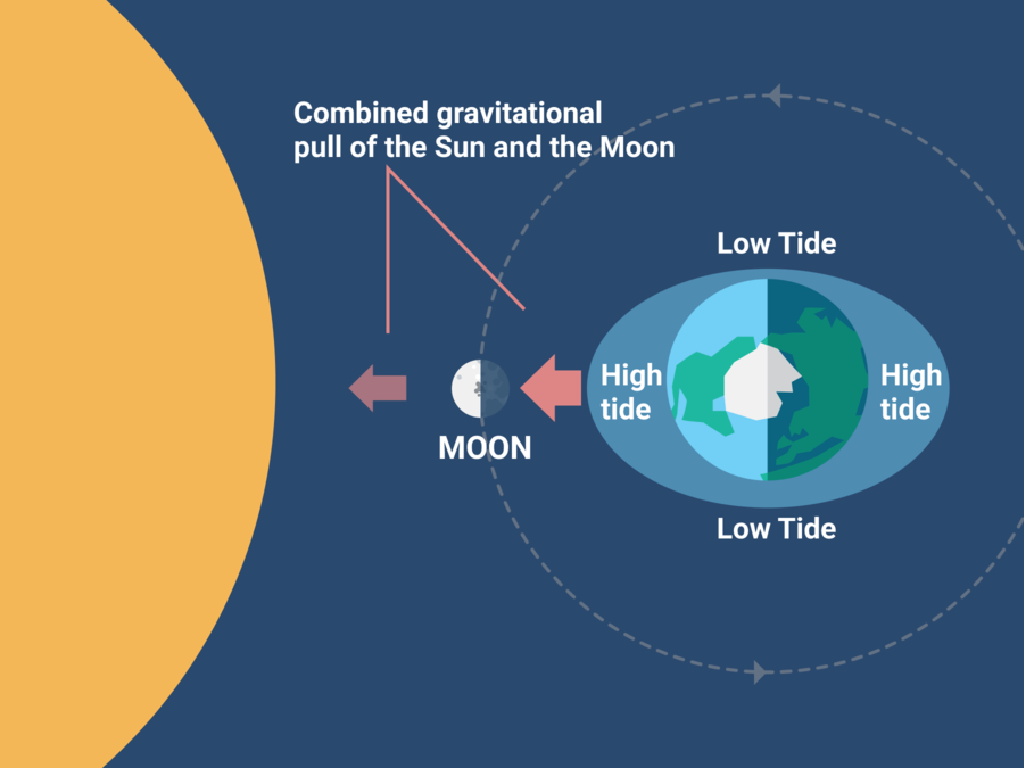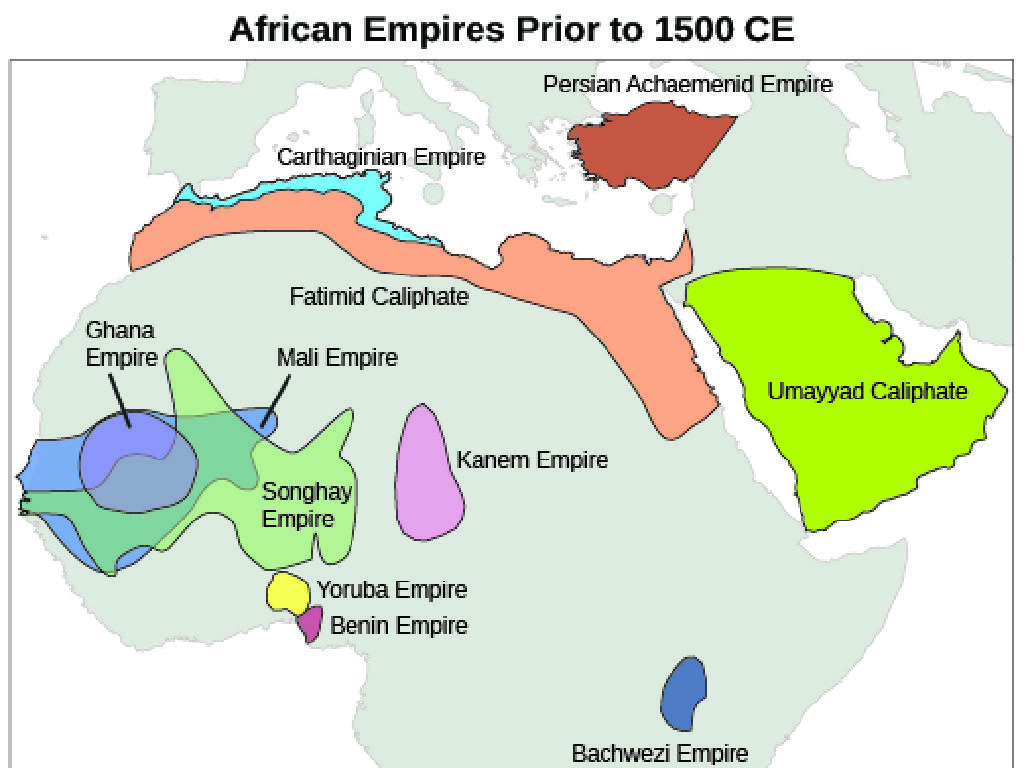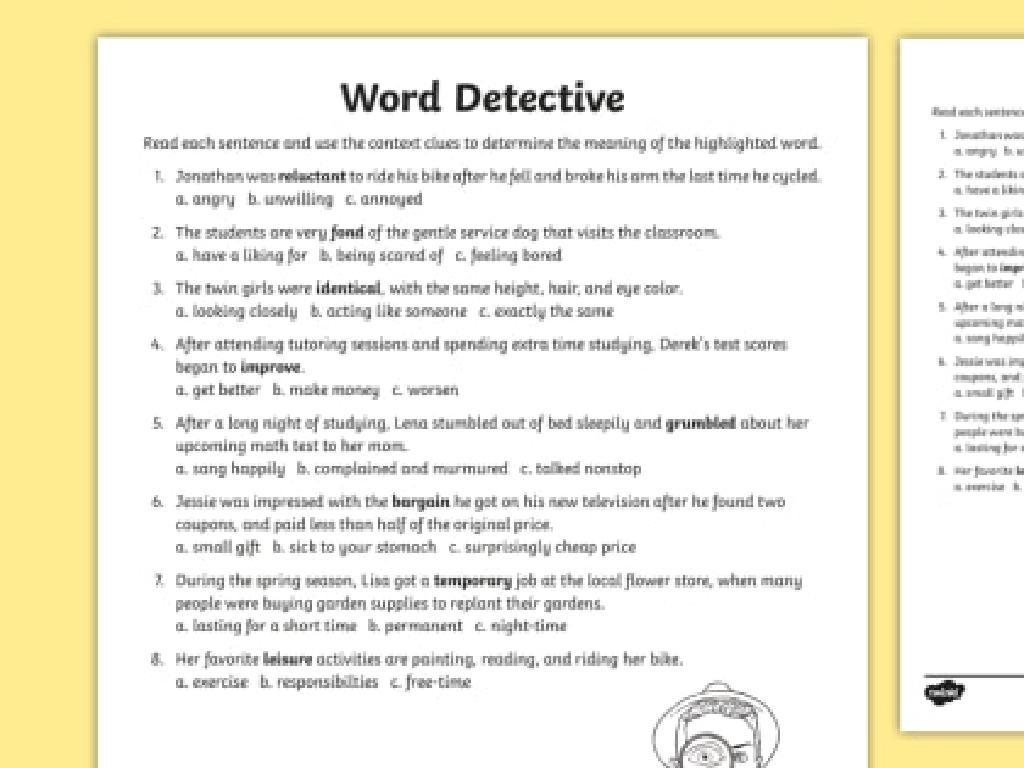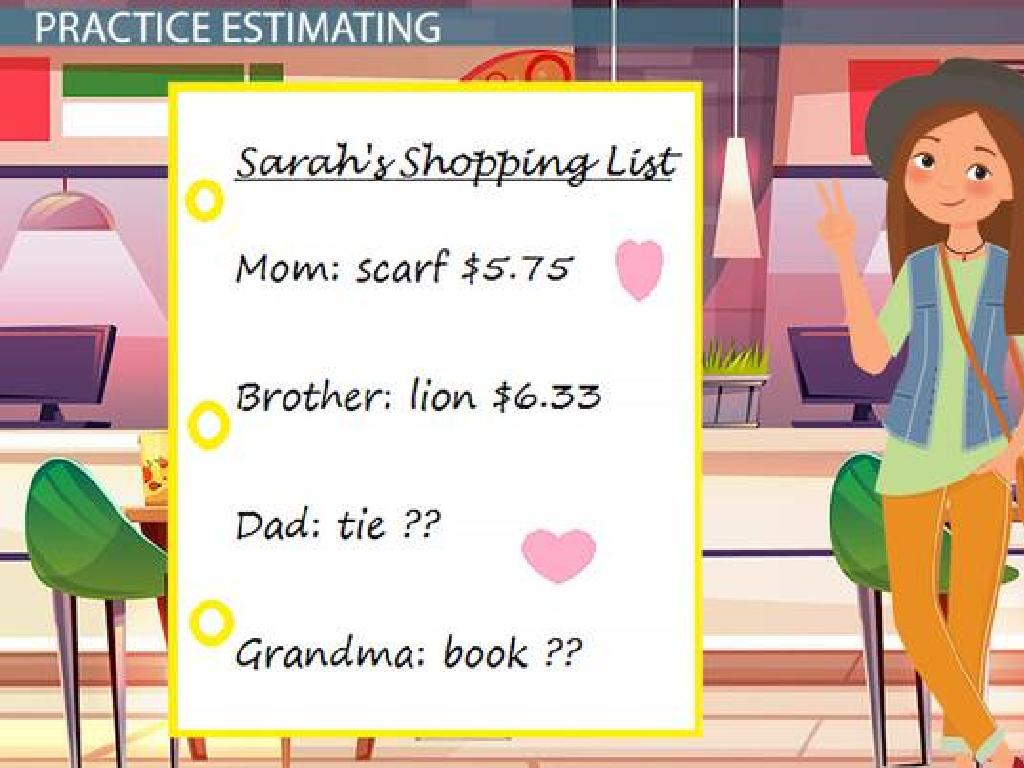Evaluate Newspaper Headlines For Bias
Subject: Language arts
Grade: Seventh grade
Topic: Research Skills
Please LOG IN to download the presentation. Access is available to registered users only.
View More Content
Evaluating Newspaper Headlines for Bias
– Power of headlines in news
– Headlines grab attention & set the tone for the story
– Defining bias in media
– Bias is a slant towards a particular view or opinion
– Importance of evaluating headlines
– Critical thinking skill to discern information
– Impact on public perception
– Biased headlines can influence opinions & beliefs
|
This slide introduces students to the concept of bias in newspaper headlines and its significance. Headlines are powerful as they are often the first thing a reader sees and can influence the reader’s perception of the news story. Bias in news refers to presenting information in a way that unfairly favors one side. It’s crucial for students to learn how to evaluate headlines critically to recognize bias and understand its impact on public opinion. Encourage students to think about how a biased headline might shape their understanding of a story before they even read it. Discuss the responsibility of media outlets to provide unbiased reporting and the role of the reader in critically analyzing the news they consume.
Understanding Newspaper Headlines
– Define a newspaper headline
– A title or phrase at the top of an article summarizing its content
– Headlines’ role in news
– Headlines grab attention & summarize news stories
– Analyzing headline examples
– Review examples to identify common features
– Detecting bias in headlines
– Learn to recognize slanted language or framing
|
This slide introduces students to the concept of newspaper headlines, their purpose, and their significant role in shaping readers’ perceptions of news stories. Begin by defining a headline and discussing its function to entice readers and provide a quick summary of the article. Emphasize the importance of headlines in guiding reader attention and framing the news narrative. Provide students with examples of headlines to analyze, encouraging them to look for language that may indicate a bias or a particular viewpoint. Teach them to be critical consumers of news by evaluating how headlines might influence their understanding of the reported events. This will enhance their research skills and their ability to think critically about the information presented to them.
Identifying Bias in Newspaper Headlines
– Understanding headline bias
– Bias skews reality, favoring one side
– Signal words indicating bias
– Words like ‘allegedly’, ‘claims’, can hint at bias
– Comparing neutral and biased headlines
– Analyze headlines for tone and word choice
– Evaluating bias impact on readers
– Consider how bias shapes our perception
|
This slide aims to teach students how to critically evaluate newspaper headlines for bias. Start by explaining what bias is and how it can slant the presentation of information. Discuss how certain words can signal bias, influencing the reader’s perception. Show examples of neutral versus biased headlines, analyzing the differences in tone and language used. Finally, engage students in a discussion about the impact of bias on their understanding of the news. Encourage them to think critically about the headlines they encounter in their daily lives.
Evaluating Newspaper Headlines for Bias
– Understand bias by omission
– Ignoring facts or covering specific stories selectively
– Recognize bias by placement
– Importance of article’s location, e.g., front page vs. back
– Identify bias in headlines
– Sensational or slanted headlines can mislead
– Analyze bias in photos and captions
– Images and captions can influence perceptions
|
This slide aims to educate students on the different types of bias that can be present in newspaper headlines and articles. Bias by omission involves leaving out certain facts or selectively reporting stories to sway opinion. Bias by placement refers to where a story is positioned in the paper, which can affect the reader’s perception of its importance. Headline bias includes the use of sensational or slanted language to create a misleading impression. Lastly, the choice of photos and captions can also serve to bias readers by framing subjects in a certain light. Encourage students to bring in newspapers and identify examples of each type of bias for a practical exercise in critical reading.
Evaluating Headlines for Bias
– Steps to assess headline bias
– Identify the main claim and check for loaded language or lack of context.
– Ask critical questions
– Who benefits from this headline? Does it lack neutrality?
– Group headline evaluation
– We’ll analyze a headline as a class and discuss our thoughts.
– Understanding bias in media
|
This slide introduces students to the concept of bias in newspaper headlines as part of developing their research skills. Start by explaining the steps to evaluate bias, such as looking for sensationalism or one-sided reporting. Teach students to ask questions about who is represented and what perspectives are included or omitted. Conduct a group activity where students practice evaluating a headline for bias, fostering a discussion on how language can shape our perception of news. This exercise will help students become more discerning readers and critical thinkers when consuming media.
Class Activity: Headline Analysis for Bias
– Group activity on headline bias
– Each group gets unique headlines
– Analyze for signs of bias
– Look for loaded language, omissions, or source choices
– Present findings to the class
|
This activity is designed to engage students in critical thinking by analyzing newspaper headlines for bias. Divide the class into small groups and provide each group with a set of different headlines. Instruct students to look for words or phrases that may indicate a biased perspective, check if important information is omitted, and consider the sources cited in the articles. After the analysis, each group will present their findings to the class, explaining their reasoning and discussing the implications of biased headlines. This will help students understand the importance of evaluating media critically. Possible activities: 1) Comparing headlines from different news outlets, 2) Identifying subjective versus objective statements, 3) Discussing the impact of biased headlines on public opinion, 4) Creating their own unbiased headlines, 5) Reflecting on how bias can affect their own perceptions.
Conclusion: The Value of Critical Reading
– Importance of critical reading
Critical reading helps discern truth and bias, fostering informed opinions.
– Reflect on today’s lessons
– Homework: Analyze a headline
Choose a newspaper headline and evaluate for potential bias using today’s skills.
– Share findings next class
Be prepared to discuss your analysis and insights in our next session.
|
This slide wraps up the session by emphasizing the importance of being a critical reader, especially when it comes to consuming news. It’s crucial for students to understand that not all information presented to them is unbiased, and that being able to identify bias helps them form their own informed opinions. The homework is designed to reinforce the day’s lessons by having students apply their new skills to real-world examples. Encourage them to select a headline from any news source, analyze it for bias, and be ready to share their evaluation in the next class. This will help them practice critical thinking and analytical skills outside of the classroom setting.






